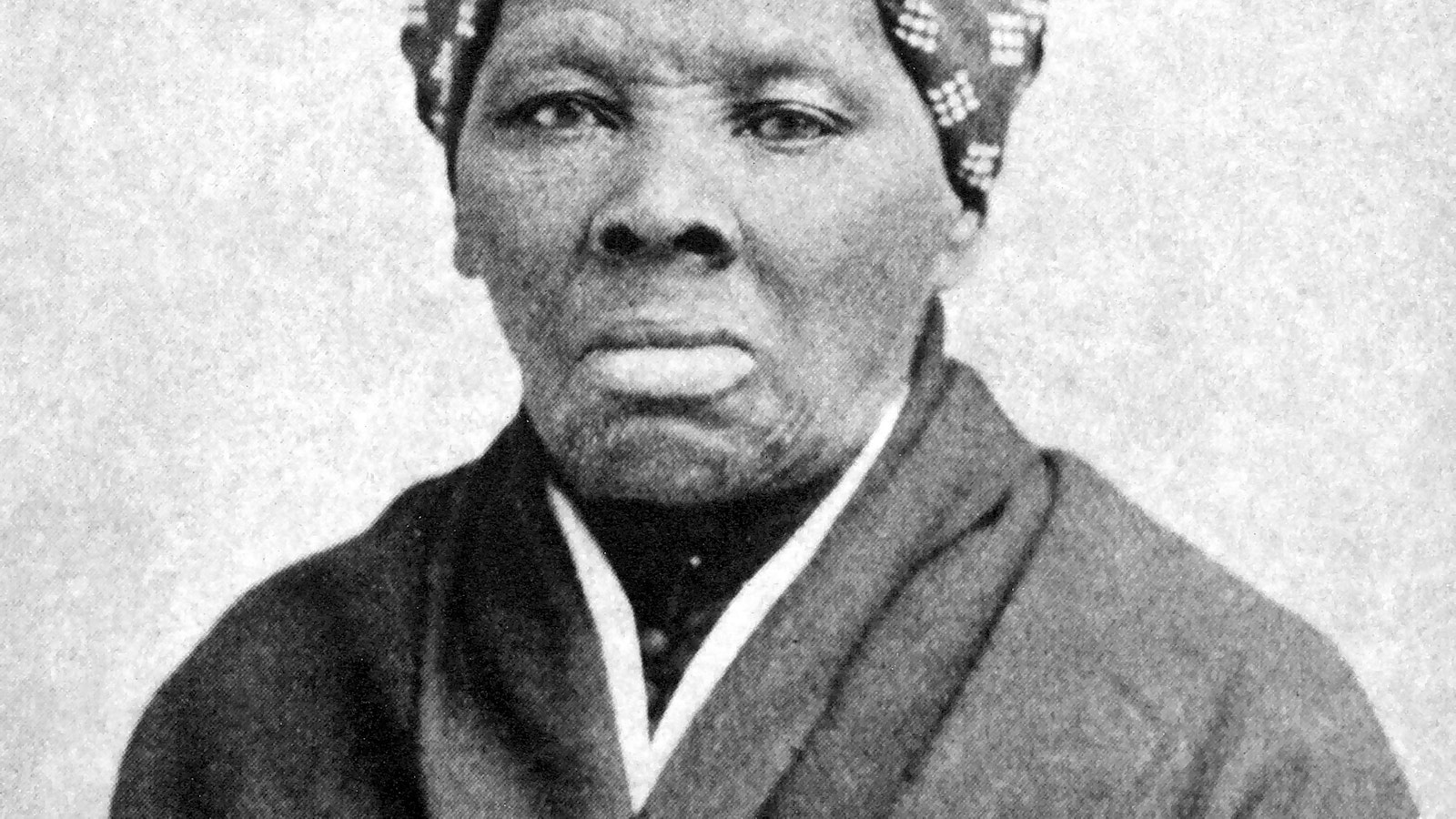A Beacon of Resilience and Love: Harriet Tubman

.
.
As one of the best-known “conductors” of the Underground Railroad, Harriet Tubman showed how someone can leave an inspiring legacy of love, sacrifice, and perseverance despite being born into the worst of circumstances.
Harriet Tubman National Historical Park in Auburn, NY is comprised of four sites that commemorate her life’s work and tells a more complete story of this extraordinary abolitionist.
Born into Slavery
Born as Araminta Ross in 1822, Harriet Tubman’s life of slavery on Maryland’s Eastern shore was fraught with struggle and strife. Early on, her father was separated from the rest of the family. Three of her older sisters were then sold into slavery in the Deep South.
By the age of six, Tubman was separated from her mother when she was rented out to take care of children and to work in the fields and the forest. Yet, despite this continuous separation, Harriet managed to find ways to spend time with her family.
At 13 years old, Tubman suffered a traumatic injury that almost killed her when a two-pound weight missed its intended target and hit Tubman in the head instead. Though her mother was able to nurse her back to health, Tubman suffered from epilepsy for the rest of her life.
Despite the pain and struggles Tubman faced, Harriet Tubman dedicated her life to compassion and equality, from freeing enslaved people to advocating for women’s suffrage to caring for the elderly.
Freedom for Herself, Freedom for Others

In 1844, she married freeman John Tubman and changed her name to Harriet. Five years later, when her enslaver died, Tubman escaped alone and found freedom in Pennsylvania.
Though Tubman was free, she was alone and without her family. Despite the Fugitive Slave Act of 1850, over the next decade, Tubman returned to Maryland’s Eastern shore 13 times. With her smarts, boldness, unwavering faith in God, and wilderness skills, she led 70 people to freedom, most of whom were family and friends, and provided instructions for 50-60 others to help them escape.
Her bravery and leadership earned her the reputation as the “Moses of her people.”
Tubman’s successful work on the Underground Railroad caught the attention of many politicians and abolitionists in the North. When the Civil War began in 1861, Massachusetts Governor, John Andrews, recruited Harriet Tubman to work with Union generals in Port Royal, South Carolina. There, she helped the military recruit black troops as Union spies and nurse wounded soldiers.
In the summer of 1863, Tubman become the first woman to lead an operation in U.S. military history when she planned and led an armed raid that successfully delivered a military and psychological blow to the Confederate cause.
Fighting for Human Rights and Dignity
After the war and after slavery was abolished, Harriet Tubman settled in New York, and continued to fight for equality and to provide services to the needy. Tubman worked closely with politicians, thought leaders, and intellectuals of her time – Frederick Douglass, William Henry Seward, Susan B. Anthony, Ralph Waldo Emerson, and more.
During her time in New York, she helped establish schools for the freed blacks in the South. In 1896, she cofounded of the National Association of Colored Women that demanded equality and suffrage for African American women. In 1908, the Harriet Tubman Home of the Aged was built to improve the lives of those once condemned to servitude.
Visiting the Park

Throughout her life, Harriet Tubman was a fighter, and her legacy continues to echo throughout the ages – long past in her death in 1913. Visitors to Harriet Tubman National Historical Park in central New York can learn about the causes she was fighting for and explore the area where Harriet Tubman lived out the remainder of her free life. Harriet Tubman is buried at the Fort Hill Cemetery, across the street from the visitor center (note: the cemetery is not managed by the park).
Thanks to funding from the National Park Foundation, the National Park Service acquired the Thompson Memorial AME Zion Church, Harriet Tubman's place of worship, to establish the Harriet Tubman National Historical Park in 2017. In addition, the Park boundary includes Harriet Tubman's residence, the Home for the Aged, and Harriet Tubman Visitor Center.
Like many of her contemporaries, such as Frederick Douglass or John Brown, Harriet Tubman’s work left a lasting impact on American history and inspires people even today. Whether stealthily working as a conductor on the Underground Railroad, or caring for those who needed her aid in Auburn, NY, Tubman lived a life devoted to others. Be inspired by this leader’s dedication and selflessness when you #FindYourPark/#EncuentraTuParque at this or any of the national parks that celebrate her life and work.